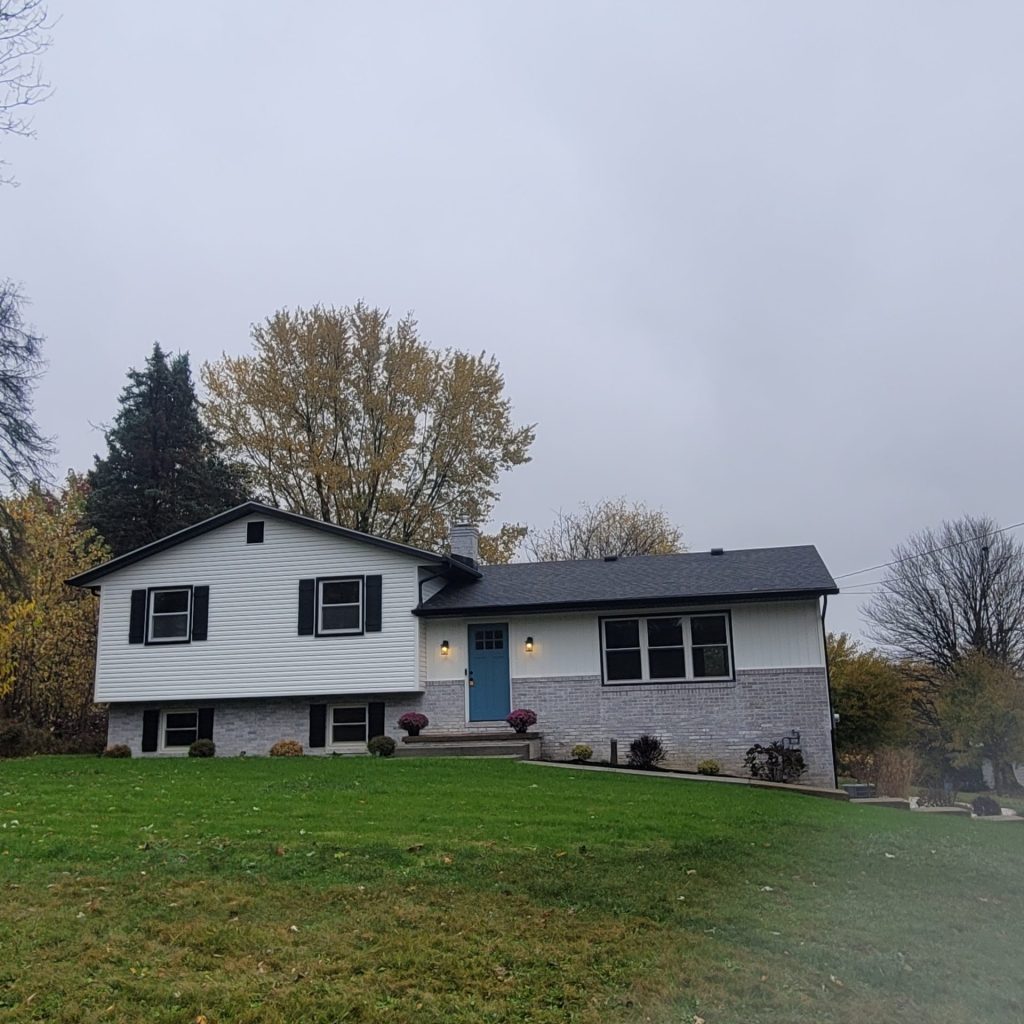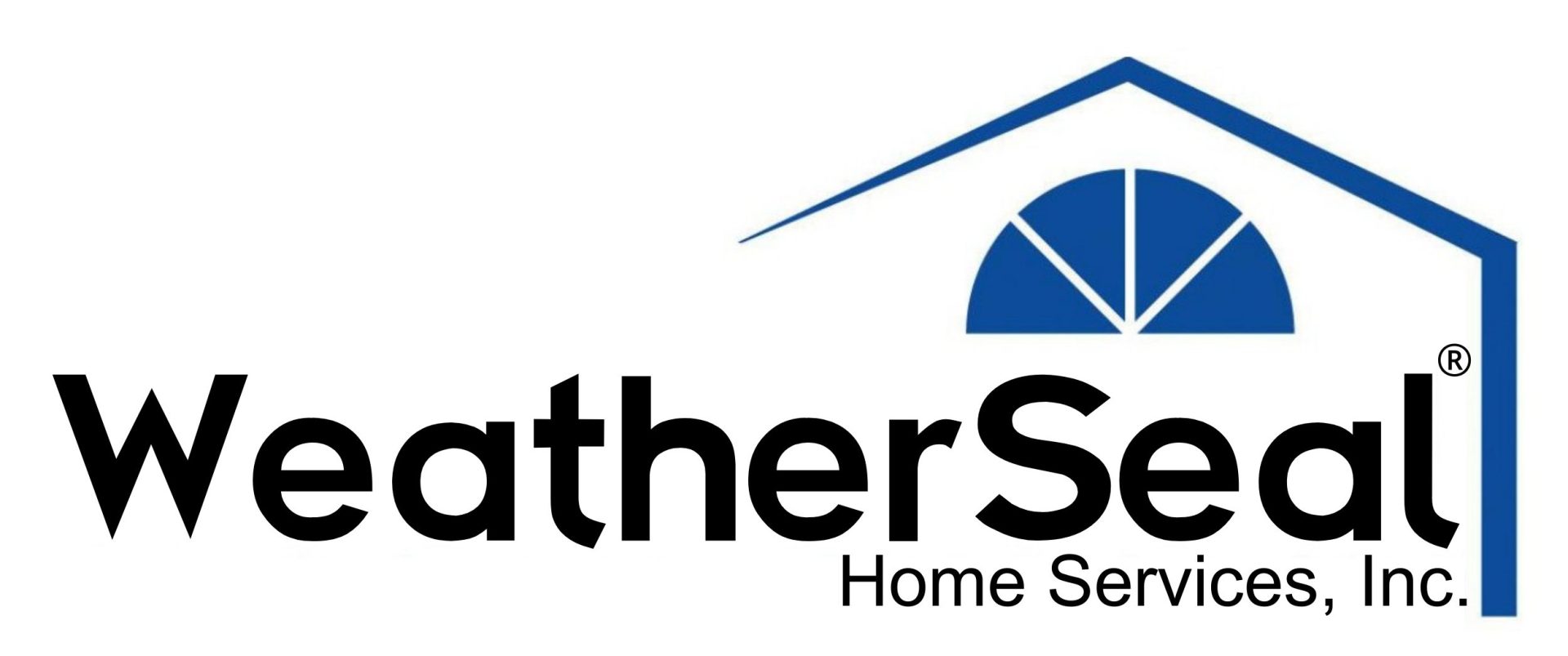Windows are a critical component of a home's envelope, influencing comfort, energy use, and aesthetics. Homeowners often encounter issues with older or inefficient windows, problems frequently exacerbated by Ohio's distinct seasons. Drafts felt near windows, especially during cold weather, are a common complaint, indicating air leakage. Condensation forming on the inside of the glass, or even ice buildup where sashes meet during freezing temperatures, signals poor insulation and potential seal failure. Difficulty opening or closing windows due to warping or mechanical failure can be frustrating and even a safety concern. Increased transmission of outside noise – from traffic, neighbors, or weather – can disrupt a peaceful home environment. Visible damage like cracked glass or rotting frames is another clear sign replacement is needed. Furthermore, fading of furniture, carpets, or flooring near windows indicates that harmful UV rays are not being adequately blocked.
These issues often point to poor energy efficiency. Heat loss through windows in winter and heat gain in summer can account for 25-30% of residential heating and cooling energy use. This inefficiency not only makes homes less comfortable but also significantly increases energy bills, a major concern given Ohio's climate which demands substantial heating in winter and cooling in summer. Poor quality windows can lose heat up to ten times faster than an insulated wall.
Weatherseal Home Services addresses these challenges with comprehensive window replacement solutions. A variety of window styles are available, such as double-hung, single-hung, picture, awning, casement, and even custom shapes.
Understanding the material differences helps homeowners make informed choices.
* Vinyl windows are known for their affordability, low maintenance requirements (no painting needed), and good insulating properties. They resist moisture and pests effectively. However, color options are fixed, and their aesthetic might not appeal to everyone seeking a natural look. Their rate of expansion and contraction with temperature changes is higher than fiberglass.
* Fiberglass windows represent a step up in durability and strength, being highly resistant to warping, cracking, rotting, and impacts, making them well-suited to Ohio's temperature extremes. They offer excellent energy efficiency due to their insulating properties and dimensional stability (less expansion/contraction). Fiberglass frames can be painted, offering more customization than vinyl, and often feature thinner profiles for a more modern look and larger glass area. The main drawback is their higher initial cost compared to vinyl.
* Wood windows provide a classic, natural beauty and are excellent insulators. They offer extensive design flexibility and can be painted or stained to match any decor precisely. However, wood requires regular maintenance (painting/staining) to protect against rot, insects, and weathering, and they typically come at a premium price point.
Replacing old windows with modern, energy-efficient units yields multiple benefits. Homeowners experience improved year-round comfort due to reduced drafts and better temperature regulation. Significant energy savings can be realized; replacing single-pane windows with ENERGY STAR certified windows can lower energy bills by an average of up to 13% nationwide. Newer windows also offer better sound insulation, reducing outdoor noise intrusion , and advanced glass coatings (like Low-E) protect interiors from fading by blocking harmful UV rays.
Many energy-efficient windows qualify for ENERGY STAR certification.









